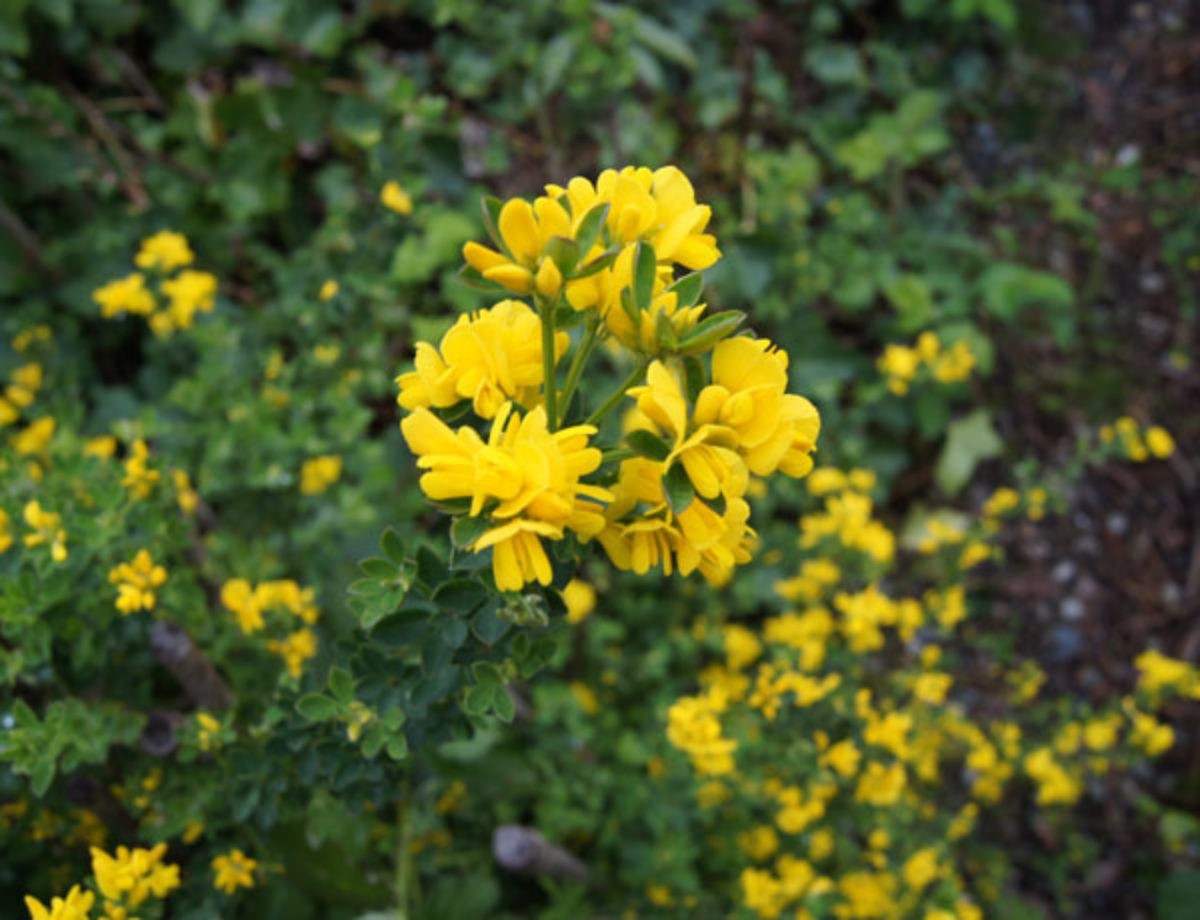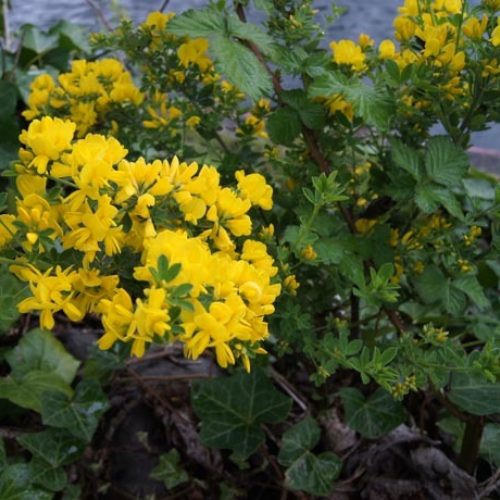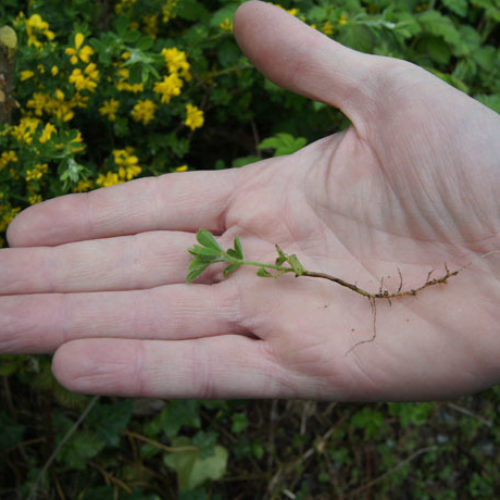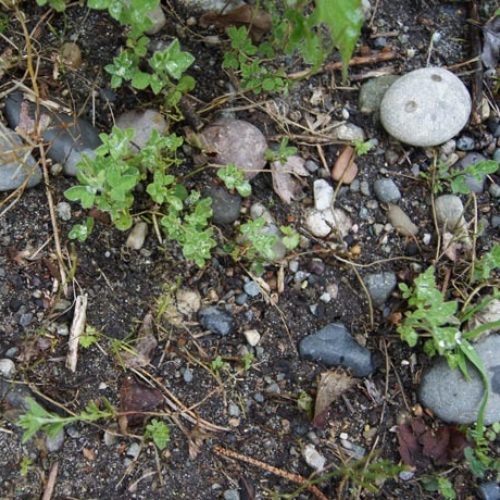French Broom
Genista monspessulana

Family: Fabaceae
Other Common Names: canary broom, Montpellier broom, soft broom
Weed class: A
Year Listed: 2013
Native to: northern Africa, Europe
Legal listings:
This plant is also on the Washington State quarantine list. It is prohibited to transport, buy, sell, offer for sale, or distribute plants or plant parts of quarantined species into or within the state of Washington or to sell, offer for sale, or distribute seed packets of seed, flower seed blends, or wildflower mixes of quarantined species into or within the state of Washington. Please see WAC 16-752 for more information on the quarantine list. For questions about the quarantine list, contact the Washington State Department of Agriculture's Plant Services Program at (360) 902-1874 or email PlantServices@agr.wa.gov.
Why Is It a Noxious Weed?
This invasive shrub is a noxious weed on the west coast. It can form infestations that outcompete native and forage plants, interfere with reforestation efforts and aid the spread of wildfires into tree canopy layers. With high seed production, established infestations are difficult to eradicate.
How would I identify it?
General Description
French broom is a taprooted shrub that has fine roots associated with nitrogen-fixing bacteria.
Flower Description
Flowers are yellow, pea-shaped and around 0.35 to 0.47 inches (9-12 mm). Flowers are typically in head-like racemes (clusters) of 4-10 flowers at the ends of short axillary branchlets.
Leaf description
Leaves are alternate and compound, with three leaflets. Leaflets are oblong, variable in size with most 0.4 to 0.8 inches (10-20 mm) long. Upper and lower surface is sparsely to densely covered with appressed short, silvery hairs.
Stem description
Stems upright and typically leafy and covered in silky, silvery hairs. Younger stems are green and round in cross-section and often strongly 8-10 ridged, while older stems are brown and may not have ridges.
Fruit Seed Description
The seed pods (legumes) are brown at maturity and slightly flattened, 0.4 to 1.2 inches (1-3 cm) long, and densely covered with appressed, silky, silvery to reddish gold hairs. Pods have 3-8 seeds per pod on average.
May Be Confused With
There are two other similar yellow-flowering brooms on Washington State’s noxious weed list: Scotch broom (Cytisus scoparius), a Class B noxious weed and Spanish broom (Spartium junceum), a Class A noxious weed.
Where does it grow?
French broom grows in open, disturbed sites including, roadsides and pastures. It can also be found in less disturbed to undisturbed sites such as grasslands, coastal scrub, oak woodlands, riparian areas and open forests. In Washington only one escaped population has been found on the UW campus in Seattle. Please click here to see a county level distribution map for French broom in Washington.
How Does it Reproduce?
French broom spreads by seeds and can produce over 8,000 seeds a year. French broom roots do not produce new shoots but plants can resprout when cut, frozen or burned above the crown.
How Do I Control It?
General Control Strategy
Preventing new populations of Genista monspessulana from establishing and spreading is the best way to minimize costs and impacts of this invasive shrub. It is critical to minimize soil disturbance, monitor areas being controlled and pull young plants before they produce seeds to help prevent new infestations.
Mechanical Control
Genista monspessulana can be effectively pulled with weed wrenches. Flaming--using a torch that is hot but does not have a flame--to quickly pass over plants, can be an effective method to control seedlings. Applying a layer of wood chip mulch can also decrease the germination of seedlings. These techniques can be used after adult plants have been removed.
Cultural Control
Since French broom plants do not grow in dense shade, plant native and desirable plants in areas of French broom infestations to create canopy cover that will limit its growth and spread.
Biological Control
A seed beetle, Bruchidius villosus, which is used on was found to attack Genista monspessulana in the Eugene area in Oregon. Since French broom is a Class A noxious weed, this biological control would not be used in Washington since eradication is required. Using goats for grazing can be an option.
Herbicide Control
Foliar spray, a basal bark treatment or a cut stump treatment could be used to control French broom. Please refer to the PNW Weed Management Handbook, or contact your county noxious weed coordinator.
For More Information
See our Written Findings for more information about French broom (Genista monspessulana).
Report on French broom from the book "Weed Control in Natural Areas in the Western United States"
Oregon Department of Agriculture: French broom






